
Oxford Textbook of Fundamentals of Surgery
Livrare gratis la comenzi peste 500 RON. Pentru celelalte comenzi livrarea este 20 RON.
Disponibilitate: La comanda in aproximativ 4 saptamani
Editura: OUP Oxford
Limba: Engleza
Nr. pagini: 852
Coperta: Paperback
Dimensiuni: 3.81 x 26.92 x 21.08 cm
An aparitie: 26 April 2018
Description:
The Oxford Textbook of Fundamentals of Surgery provides a solid foundation of the knowledge and basic science needed to hone all of the core surgical skills used in surgical settings.
Presented in a clear and accessible way, the Oxford Textbook of Fundamentals of Surgery addresses the cross-specialty aspects of surgery applicable to all trainees. With an emphasis on practical application and international best practice, it will support you to confidently deliver the highest possible surgical outcomes.
This authoritative learning and reference tool is richly illustrated throughout, with step by step guides for skills such as stitching and tying knots. The topics discussed range from anatomy to radiology, and cover the basic surgical skills needed to manage wounds and haemostasis. Evidence-based approaches to the management of a range of surgical situations, such as major trauma, transplantation, and the dying patient, will help you to overcome tough clinical challenges and improve patient outcomes.
The Oxford Textbook of Fundamentals of Surgery comes with a year's access to the online version on Oxford Medicine Online. By activating your unique access code, you can find answers quickly by searching the full text, as well as annotate, bookmark, and download important information.
Table of Contents:
Section 1 Basic science
1.1 Applied surgical anatomy
1.1.1 Anatomy of the thorax
1.1.2 Anatomy of the abdomen
1.1.3 Anatomy of the pelvis and perineum
1.1.4 Anatomy of the limbs and spine
1.1.5 Head and neck anatomy
1.1.6 Neuroanatomy
1.2 Applied surgical physiology
1.2.1 Introduction to Section 1.2: ‘Applied surgical physiology’
1.2.2 Metabolic pathways, nutrition, and abnormalities
1.2.3 Blood loss, hypovolaemic shock, and septic shock
1.2.4 Fluid and electrolyte balance and replacement: acid–base balance
1.2.5 Haemostasis and thrombosis
1.2.6 Cardiovascular
1.2.7 Respiratory
1.2.8 Gastrointestinal
1.2.9 Urinary
1.2.10 Endocrine
1.2.11 Neurology
1.3 Applied surgical pharmacology
1.3.1 Essential pharmacology for surgeons
1.4 Applied surgical pathology
1.4.1 Surgical pathology
1.5 Applied surgical microbiology
1.5.1 Sepsis
1.5.2 Skin and soft tissue infections
1.5.3 Healthcare-associated infection
1.5.4 Blood-borne viruses
1.5.5 Asepsis
1.6 Applied surgical radiology
1.6.1 Plain film radiology for surgeons
1.6.2 Nuclear medicine for surgeons
1.6.3 Positron emission tomography–computed tomography for surgeons
1.6.4 Principles of magnetic resonance scanning and its use in surgical practice
1.6.5 Principles of computed tomography: advantages and disadvantages
1.6.6 Ultrasound for surgeons
1.6.7 Essential interventional radiology for surgeons
Section 2 Common surgical conditions
2.1 Assessing the acute abdomen
2.1.1 Assessing the acute abdomen
2.2 Abdominal wall and hernias
2.2.1 Abdominal wall and hernias
2.3 Upper gastro-oesophageal
2.3.1 Upper gastro-oesophageal surgery
2.4 Hepatobiliary and pancreatic
2.4.1 Hepatobiliary and pancreatic disorders
2.5 Colorectal
2.5.1 Colorectal
2.6 Breast surgery
2.6.1 Clinical assessment and management of benign breast diseases
2.6.2 Breast cancer treatment
2.6.3 Non-surgical treatment of breast cancer
2.7 Vascular surgery
2.7.1 Chronic arterial insufficiency
2.7.2 Acute limb ischaemia
2.7.3 Venous and lymphatic disease
2.7.4 Aneurysms
2.7.5 Transient ischaemic attack and stroke
2.8 Cardiac and pulmonary surgery
2.8.1 Cardiac surgery
2.8.2 Pulmonary surgery
2.9 Genitourinary surgery
2.9.1 Stones and infections
2.9.2 Genitourinary malignancies
2.9.3 Benign prostatic hyperplasia and obstructive uropathy
2.9.4 Benign scrotal and penile conditions
2.10 Orthopaedic surgery
2.10.1 Common fractures and complications
2.10.2 Degenerative and inflammatory joint disease
2.10.3 Joint and bone infections
2.10.4 Back pain and sciatica
2.10.5 Malignant and metastatic bone disease
2.11 Skin and soft tissue masses
2.11.1 Benign and malignant skin lesions
2.11.2 Soft tissue masses
2.12 Head and neck surgery
2.12.1 Benign and malignant lesions of the head and neck
2.12.2 Upper airway obstruction
2.12.3 Ear pain and hearing loss
2.13 Neurosurgery
2.13.1 Acute neurosurgical emergencies
2.13.2 Neuro-oncology
2.14 Endocrine surgery
2.14.1 Endocrine surgery
2.15 Surgical oncology
2.15.1 Cancer screening
2.15.2 Principles of surgical oncology
2.15.3 Principles of chemotherapy
2.15.4 General principles of radiation oncology
2.15.5 Hormonal therapy in cancer
Section 3 Basic surgical skills
3.1 Principles of safe surgery
3.2 Anaesthetic techniques
3.3 Basic surgical techniques
3.4 Surgical wounds
3.5 Surgical haemostasis
3.6 Anastomoses, stomas, and drains
3.7 Principles of surgical endoscopy and minimal access surgery
3.8 Simulation and assessment
Section 4 Assessment and management of the surgical patient
4.1 History taking and information gathering
4.2 The physical examination
4.3 Physical examination of body systems
4.4 Physical examination of the vasculature and joints
4.5 Information sharing
4.6 Surgical consent
Section 5 Perioperative management
5.1 Preoperative assessment
5.2 Intraoperative care
5.3 Postoperative care
5.4 Nutritional management of the surgical patient
5.5 Enhanced recovery after surgery
5.6 Principles of transfusion and haemostasis
5.7 Venous thromboembolism: deep vein thrombosis and pulmonary embolism
5.8 Metabolic and endocrine disorders in the perioperative period
Section 6 Assessment and management of patients with major trauma
6.1 Assessment of the multiply injured patient
6.2 Skin loss
6.3 Burns: classification and principles of management
6.4 Assessment and management of patients with major trauma, and major and multiple skeletal injuries
6.5 Trauma in conflict zones
6.6 Head and neurological injury
6.7 Chest injury
6.8 Abdominal trauma
6.9 Vascular injury
Section 7 Surgical care of the paediatric patient
7.1 Principles of paediatric surgical care
7.2 Principles of child protection and safeguarding
7.3 Common paediatric surgical conditions
Section 8 Management of the dying patient
8.1 Management of the dying patient in consultation with the palliative care team
8.2 Terminal care of the dying patient, supporting their family, and ethical considerations
Section 9 Principles of organ and tissue transplantation
9.1 Organ donation
9.2 Principles of transplant immunology and immunosuppressive therapy
9.3 Kidney transplantation
9.4 Pancreas and islet transplantation
9.5 Liver transplantation
Section 10 Evidence-based surgery, research, and audit
10.1 Research in surgery
10.2 Quality improvement
10.3 Statistics for surgeons
Index
| An aparitie | 26 April 2018 |
| Autor | William E. G. Thomas (Editor), Malcolm W. R. Reed (Editor), Michael G. Wyatt |
| Dimensiuni | 3.81 x 26.92 x 21.08 cm |
| Editura | OUP Oxford |
| Format | Paperback |
| ISBN | 9780198822349 |
| Limba | Engleza |
| Nr pag | 852 |
-
47700 lei 42000 lei
-
1,09200 lei 1,00000 lei

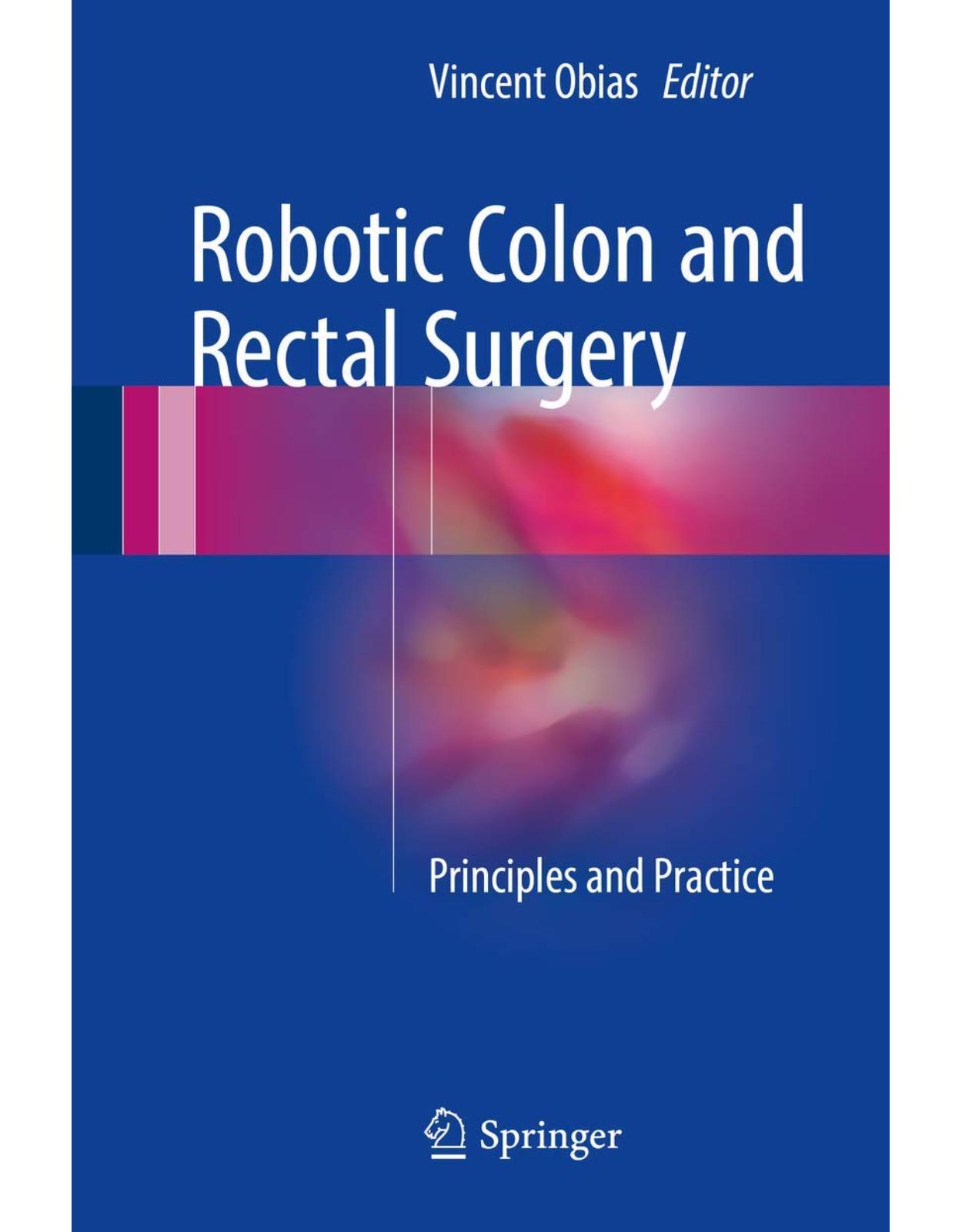
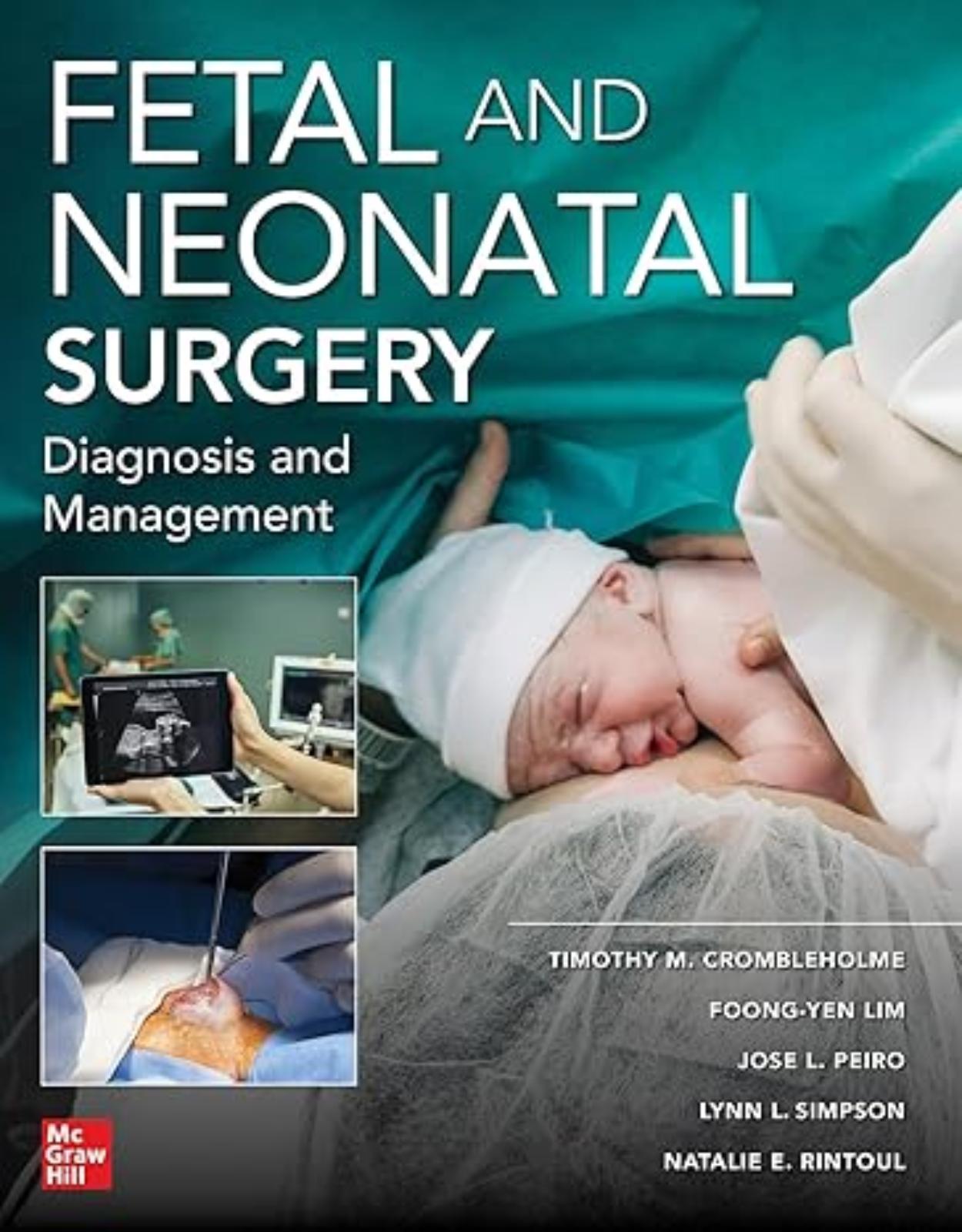
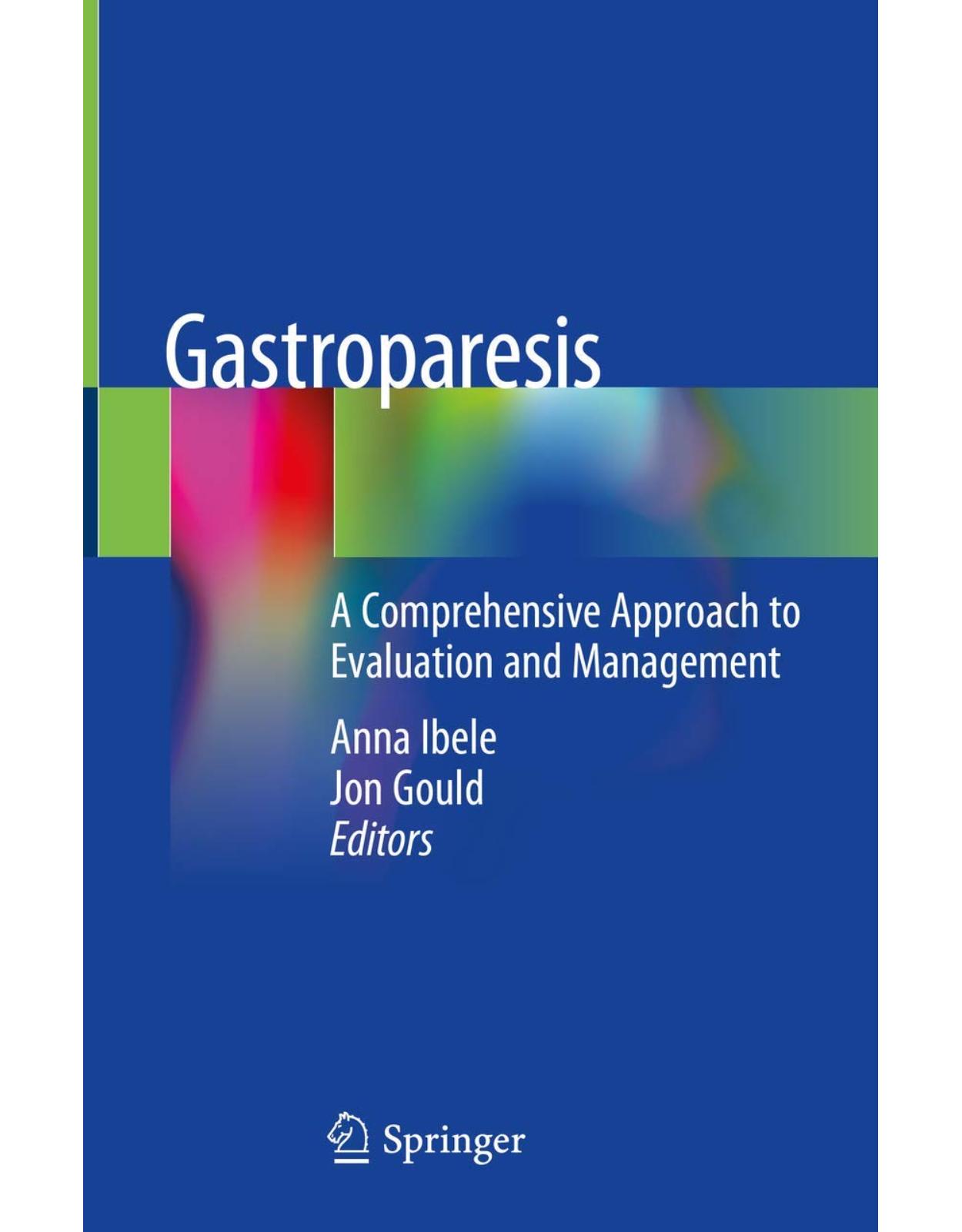
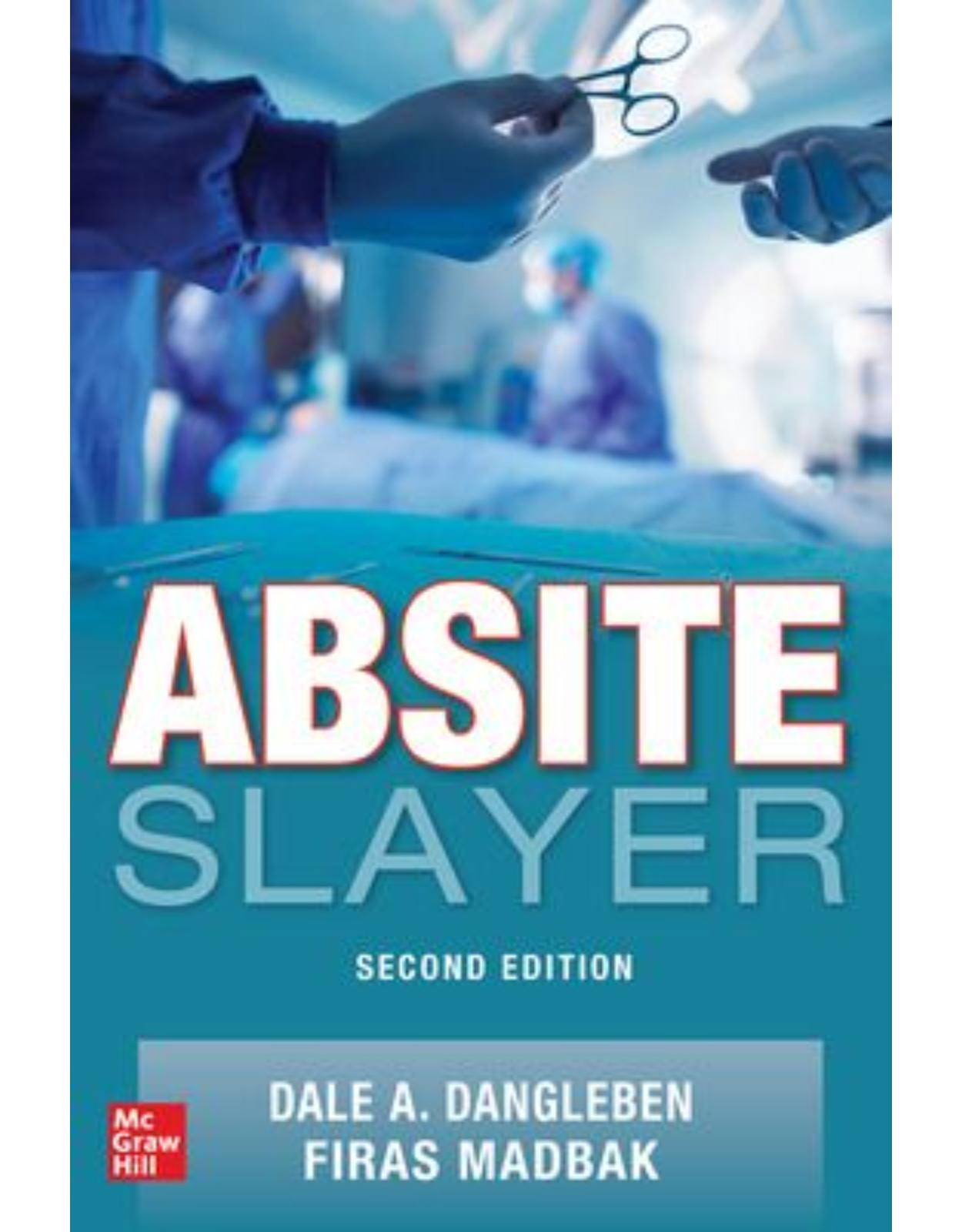
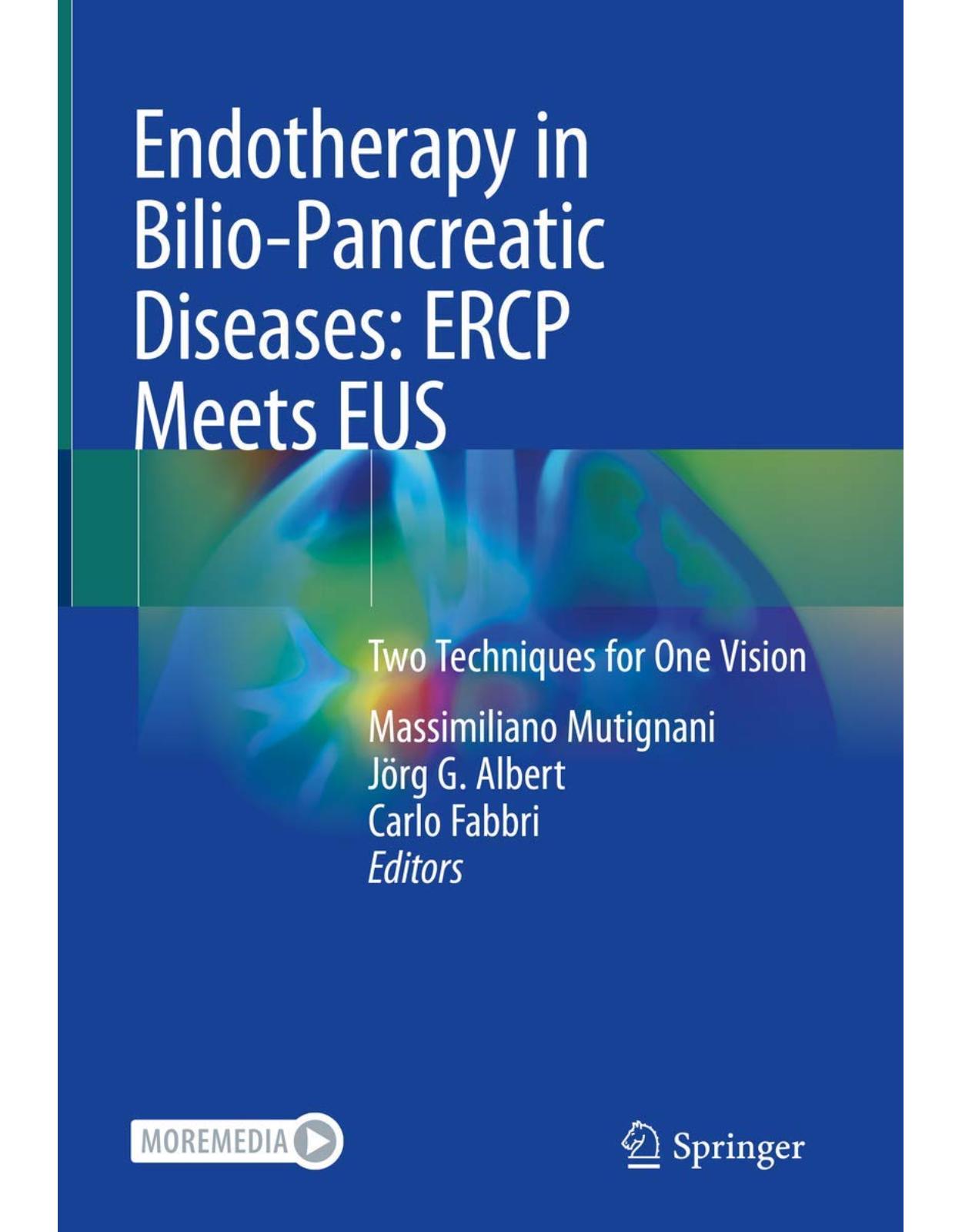
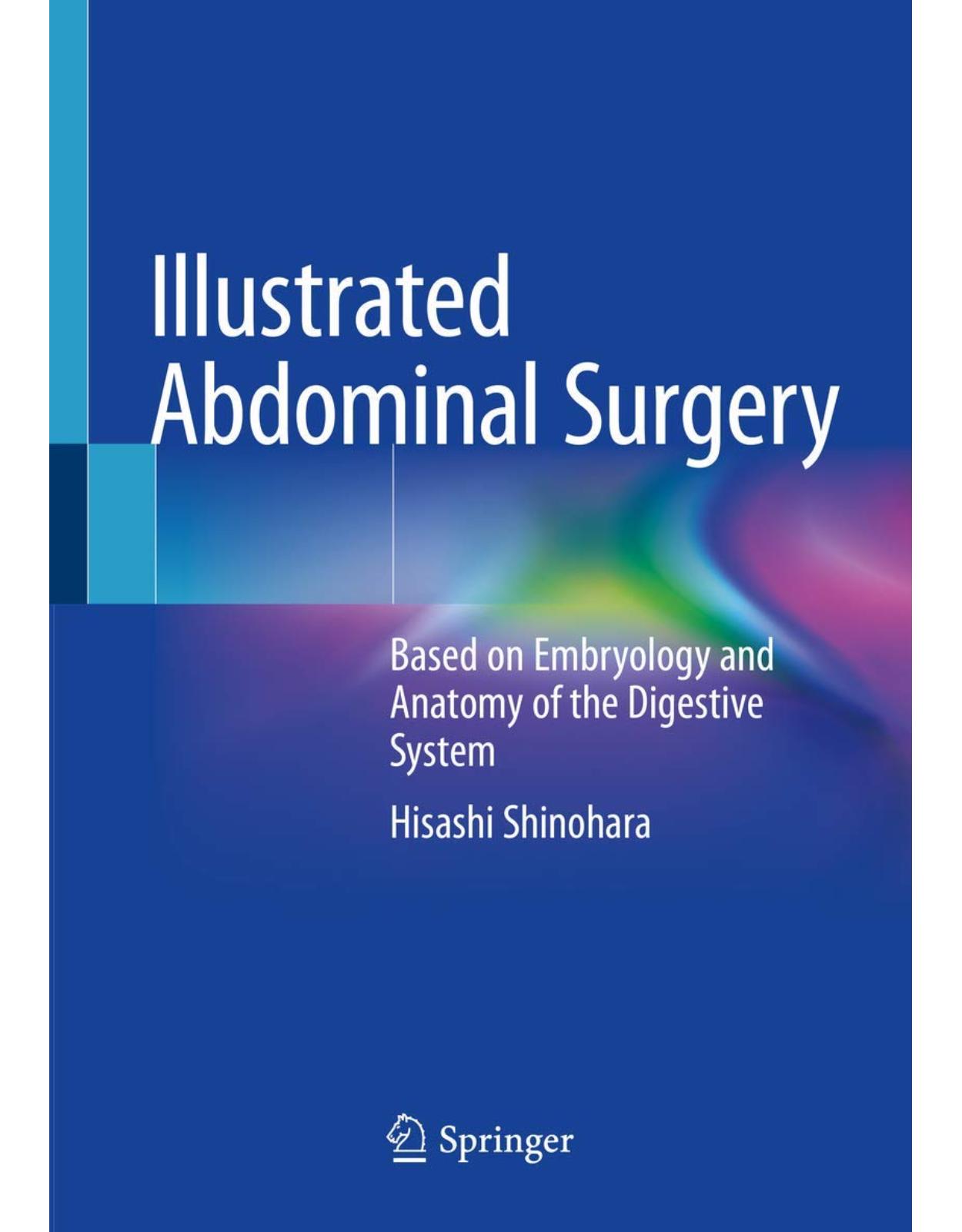
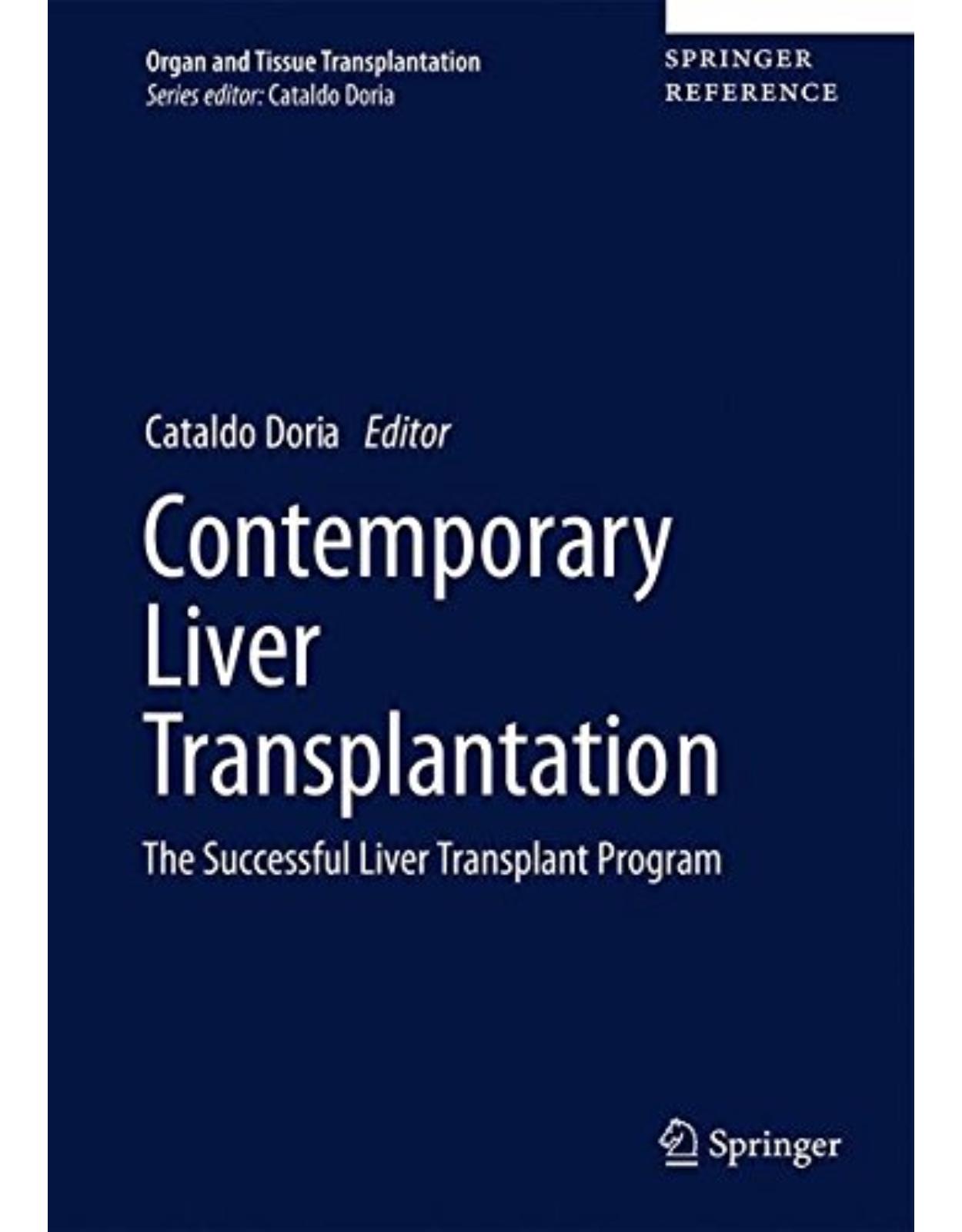

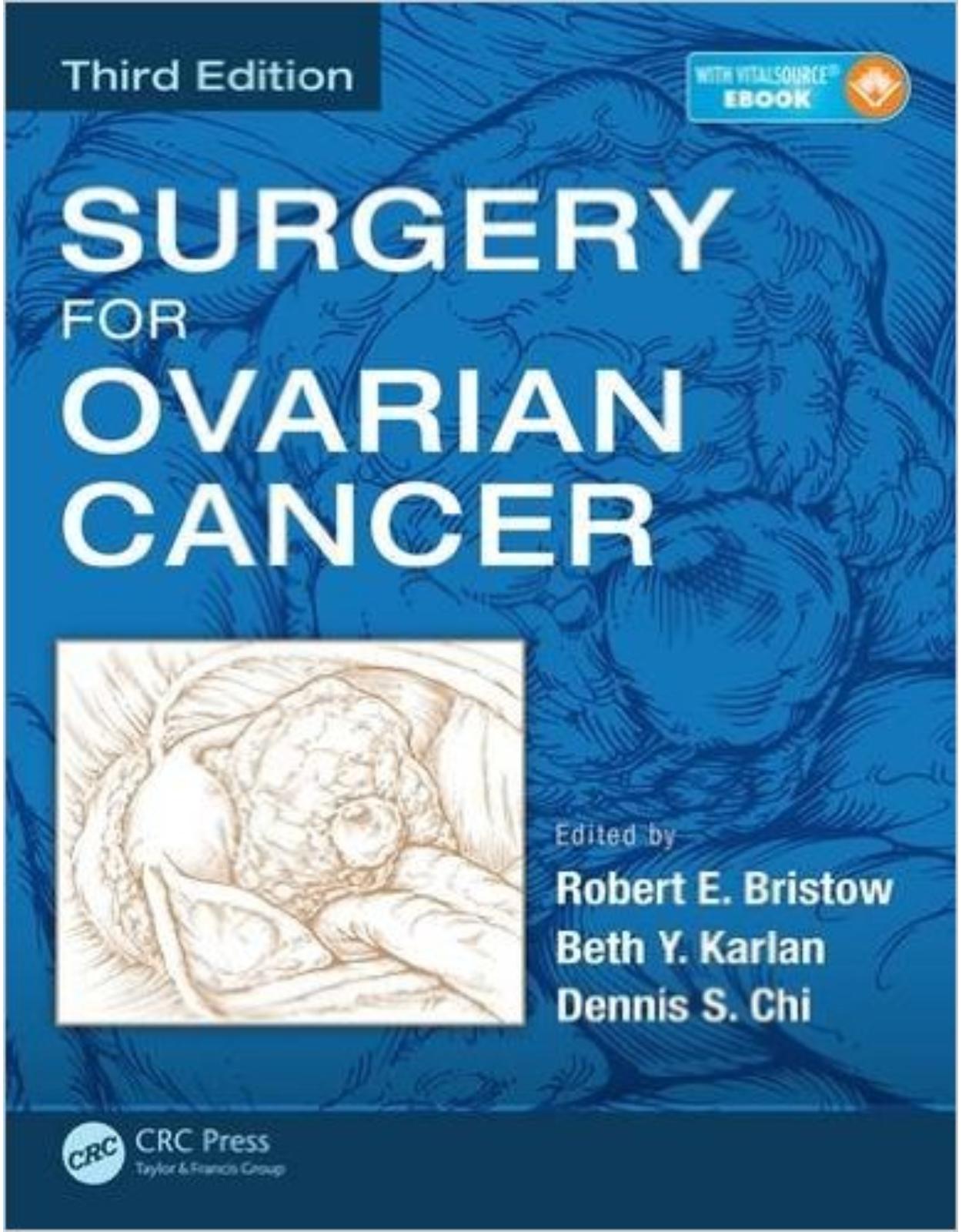
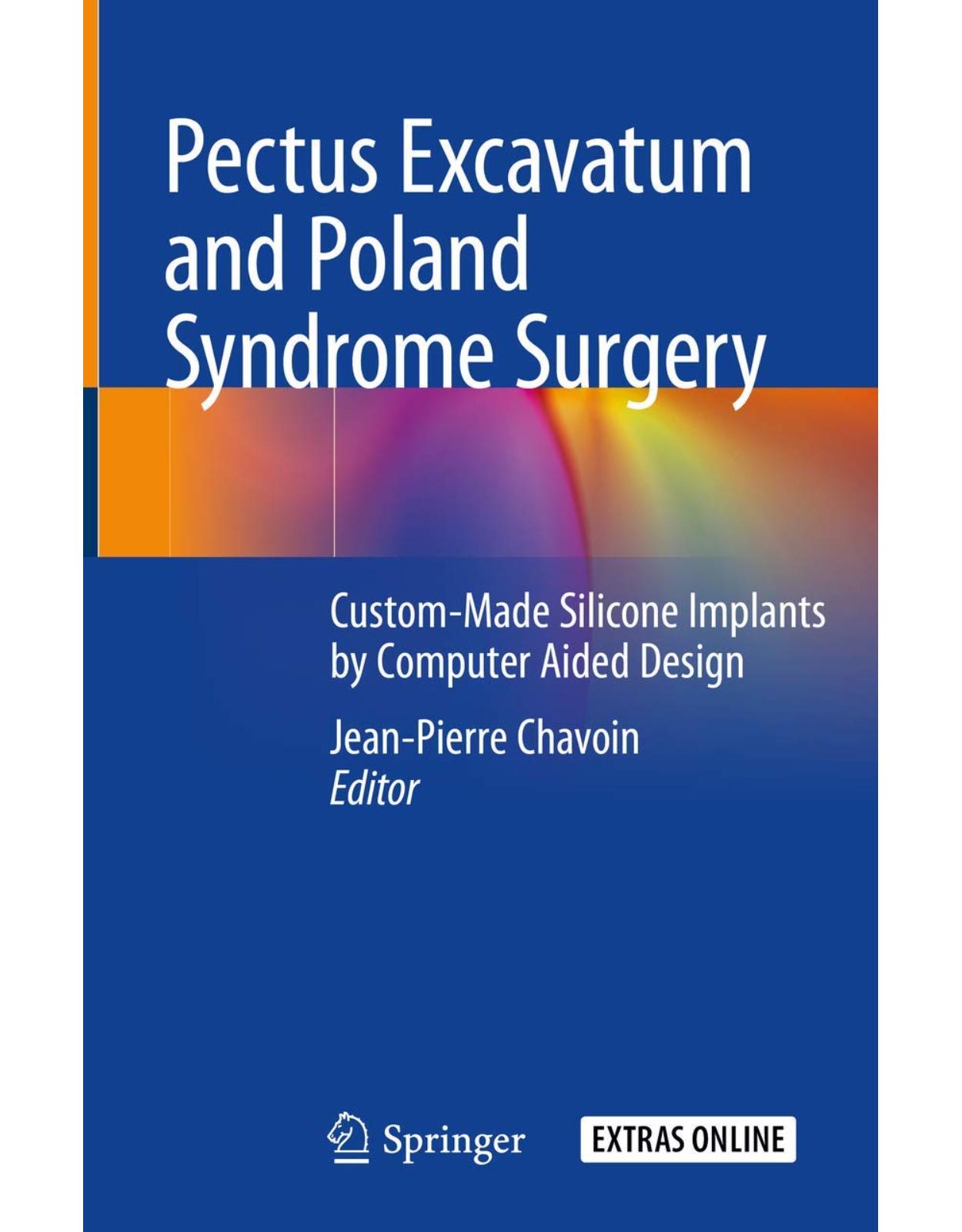
Clientii ebookshop.ro nu au adaugat inca opinii pentru acest produs. Fii primul care adauga o parere, folosind formularul de mai jos.